Imaging gaseous detectors and their applications
I. Introduction I.1. Why is it necessary to detect photons and charged particles? (from the structure of the matter and universe to practical applications) I.2. Principle of radiation interaction with gases I.3. History of developments and traditional position-sensitive gaseous detectors: a) Spark chambers b) Multi-wire proportional chambers. Why multi-wire proportional chambers revolutionized the detector developments? c) Parallel-plate chambers d) Resistive plate chambers (RPCs) e) Time-projection chambers f) Gas scintillation detectors and light emission chambers II. Operational Physics of Gaseous Detectors 1. Townsend avalanches 2. Proportional mode of operation 3. Physics of photon and ion feedbacks 4. Geiger mode of operation 5. Streamers and breakdowns 6. Maximum achievable gas gains and the Raether limit 7. Operation at very high counting rates and the cathode excitement effect 8. Optimization of gas mixtures for the needs of particular measurements or requirements. III. Recent Developments III.1.Photosensitive gaseous detectors 1. Multi-wire chambers filled with photosensitive gases 2. Multi-wire and parallel-plate chambers combined with solid photocathodes III.2. Micropattern gaseous detectors-a new revolution in the detector developments 1. Microstrip gas chambers 2. Microdot gas chambers 3. Microgap parallel-plate chambers and MICROMEGAS 4. Capillary plates, GEMs, GEMs with resistive electrodes 5. LEAK detector and other new designs of micropattern gaseous detectors 6. Operational physics of micropattern gaseous detectors a) What determines the maximum achievable gain in the micropattern gaseous detectors? b) Raether limit in the case of the micropattern detectors c) Cathode excitement effect 7. New possibilities in measurements offered by micropattern gaseous detectors a) Very high position resolution detectors b) Micropattern photo-detectors IV. Applications of Position-Sensitive Gaseous Detectors 1. High energy physics (latest applications of position gaseous detectors in high energy physics experiments for tracking, muon detection and Cherenkov light detection) 2. Astrophysics and search of dark matter (flight and ground experiments) 3. Plasma diagnostics 4. Medicine and biology (full body x-ray scanners, heart diagnostics, mammographic scanners, portal imaging devices for advanced radiotherapy, biological imaging devices, PETs (RPC and high pressure capillary tubes) 5. Industrial and homeland security (crystallographic industrial imaging devices, airport x-ray scanners, muon tomography, UV visualization recent developments: Rn and Po monitors, detectors of flames and dangerous gases) V. Conclusions The role of gaseous detectors in the greatest scientific discoveries, important applications, their possible future and their place with respect to other position-sensitive detectors (solid state, vacuum, liquid?).
{{comment.content}}
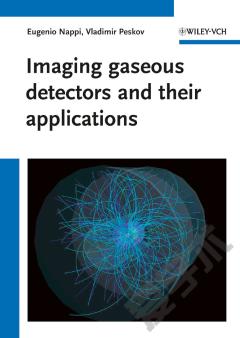
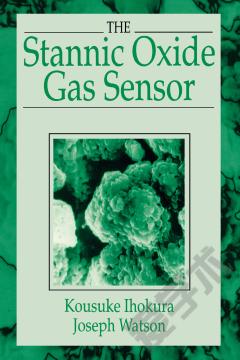
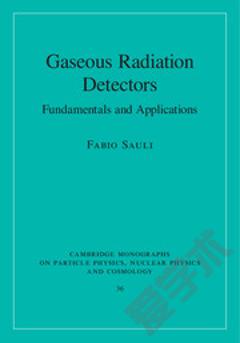

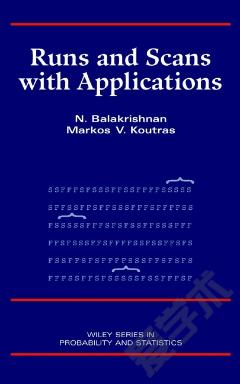

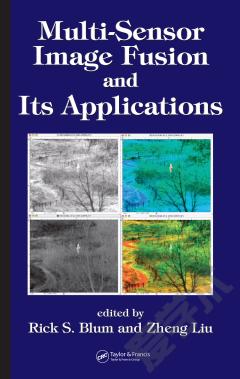

 京公网安备 11010802027623号
京公网安备 11010802027623号